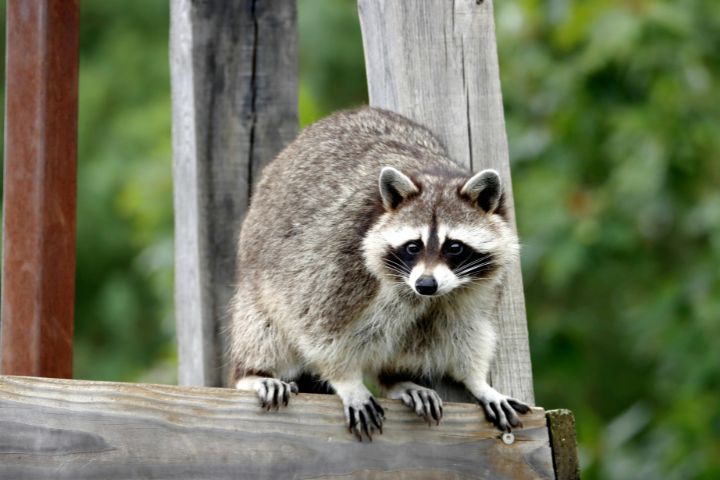 When Chicago residents think of local wildlife, many might not immediately consider the welfare of raccoons, skunks, or opossums. While less visible to the public, these animals are a critical reflection of wider environmental health and a vital part of the city's ecosystem, a new study conducted by Assistant Professor Noé de la Sancha and colleagues reveals.
When Chicago residents think of local wildlife, many might not immediately consider the welfare of raccoons, skunks, or opossums. While less visible to the public, these animals are a critical reflection of wider environmental health and a vital part of the city's ecosystem, a new study conducted by Assistant Professor Noé de la Sancha and colleagues reveals.In collaboration with Jacqueline Y. Buckley and Maureen H. Murray at Chicago's Lincoln Park Zoo, de la Sancha and his research team looked at and compared the presence of common rodenticides in medium sized mammals and rats, who have long been the target of population control in the city. Their results showed that 100% of species surveyed - which included skunks, racoons, and the common Virginia opossum – had exposure to multiple types of anticoagulant rodent poison, which work by preventing blood clotting when ingested. In contrast, only 74% of rats had rodenticides in their systems. The skunks, raccoons, and opossums were exposed to more types of poison and at higher concentrations compared to rats that had been tested, much to the researchers' surprise.
The team found this imbalance is due to a process called biomagnification, or the accumulation of toxins in non-target predators who repeatedly consume poisoned prey or ingest rat bait directly, with many designed to be edible and attractive to animal scavengers. The exposure was citywide and not limited to areas with high population density as would otherwise be expected, the study revealed. The findings indicate that exposure can have far-reaching consequences as both municipalities and local residents use rodenticides across urban and suburban landscapes, an effect further amplified by the transmission of toxins from non-target predators to their young via milk during feeding.
Understanding how rodent control affects the city's wider ecosystem
Many people do not realize the connection between the city's rodent control efforts and its impact on surrounding species, de la Sancha observes. “We are spreading poison all over our neighborhoods in the Chicagoland region and are not even getting the target species," he explains.
While it is unclear how rodenticides may affect the long-term health of these mammalian predators, previous research has shown that rats with high levels of exposure may develop immune deficiencies that can in turn make them more likely to carry harmful bacteria, such as leptospirosis. While more research is needed, similar complications could affect other impacted species.
Considering the proximity of racoons, skunks, and opossums to humans and pets in the urban environment and their ability to host a wide range of pathogens – including rabies, roundworm, and canine distemper - limiting health risks in their populations can be crucial for wider public health. In addition, these species play an important role in maintaining a well-balanced ecosystem as scavengers and food for larger predators.
de la Sancha notes that there are steps individuals can take to reduce the dispersal of rodenticides in Chicago neighborhoods and protect surrounding wildlife.
“We need better tools to deal with rats in the city and eliminating their food sources is a good start. Ensuring trash cans stay closed and secure and minimizing exposure to trash can help. The use of snaptraps might be wise, and avoid rodenticides," he says.
The full study was published in the journal Science of the Total Environment and can be found here.